I’m at a lunch to celebrate the opening of Valie Export’s exhibition at Galerie Thaddaeus Ropac in London, which looks back at her presentation for the Austrian Pavilion at the Venice Biennale in 1980. Someone asks the artist, born Waltraud Lehner, why she chose to rename herself after a brand of cigarettes. Export shakes her head: this is not how the story goes (although she’s used to correcting people). Yes, she appropriated the name and design of the Austrian brand Smart Export for her now-famous photographic self-portrait with the doctored packet in one hand and a cigarette dangling from her mouth. But her own brand has more personal roots: Valie was a childhood nickname, and the word ‘Export’ was intended to signal her desire to communicate her ideas to the world far and wide – and not be defined by the identities of her father or her former husband. (And no, she doesn’t smoke any more.)
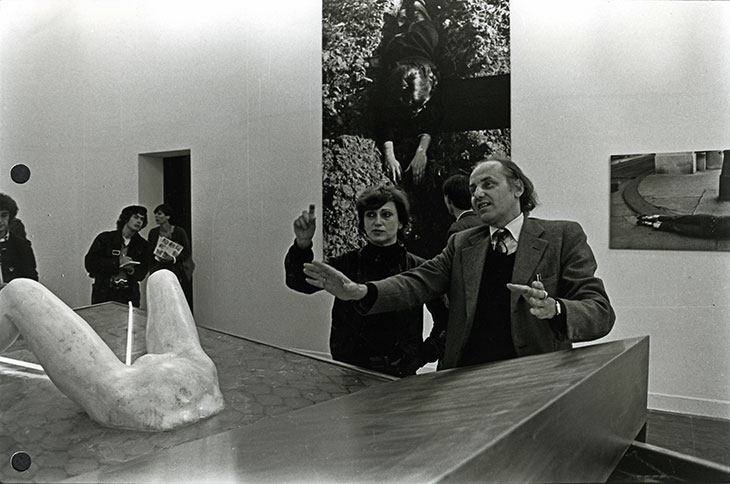
Valie Export with her installation for the Austrian Pavilion of the Venice Biennale in 1980
The notion of communication is central to the work of this artist, many of whose projects have taken her beyond the gallery walls and on to the streets – as in her best-known work, TAP and TOUCH Cinema (1968), in which the artist walked through Munich inviting strangers to touch her breasts through a television-shaped wooden box fixed to her torso. The performance has become a key reference point in the history of feminist art, a comment on the sexual objectification of women’s bodies on screen, but also as an example of what Export calls ‘expanded cinema’, the breaking-out of film from cinematic conventions into the realms of sculpture, performance, and other media.
Export’s contribution to the Venice Biennale did not feature a performance, but it did bring together sculpture, video and photography, centring on Geburtenbett (1980): a large, wedge-shaped form (the ‘birth bed’), on which balances a TV set showing the Catholic Mass, the splayed-out legs of a female mannequin, and a strip of blood-like red neon tubing. ‘It was the eighties, so I thought maybe I’ll bring something about feminism,’ Export tells me. ‘I wanted to ask what it means to give birth as a woman, or to give birth as a priest via the consecration of the host. What does it mean, “birth”?’
The work has been restored for the current exhibition, and installed as it was in 1980: surrounded by large-scale black-and-white photographs of Export herself. The majority are from her Body Configurations series (1972–76) shot in Vienna: Export crouches against walls, flings herself over a wooden crate, lies on her side, her whole body curved backwards and flush with the curve of the pavement. Thick red or black lines have been applied to the surfaces of some of these prints, drawing out the angles and shapes created by these ‘configurations’ of the female figure in space – what Export describes to me as ‘a city map, a body map’.
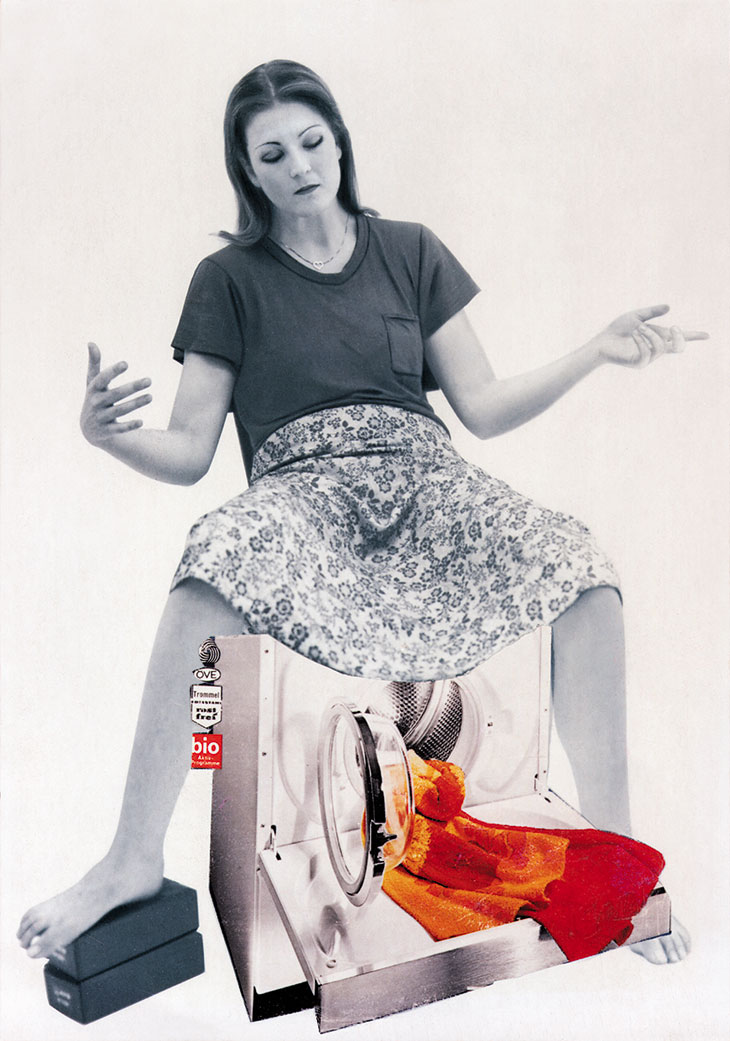
Die Geburtenmadonna (1976/80), Valie Export. Photo: Ben Westoby. Courtesy Galerie Thaddaeus Ropac, London, Paris, Salzburg; © Valie Export/Bildrecht 2019
Interspersed among the Body Configurations are photographs from her Körper: Nachstellungen (‘Body Reenactments’) series and a video called Remote, Remote (1973). Export stars in all of these. In the photos, she is the painted and sculpted women of art history: the Three Graces in Botticelli’s Primavera, the Madonna in Michelangelo’s Pietà. Like so much of her work from this time, these images communicate (‘export’) their essential theme – ‘the role of the female body in a male-dominated society’, as Export puts it – simply and clearly. The video is somewhat more enigmatic. Here, Export is just herself, clad in black turtleneck and blue jeans, sitting in a chair in front of a larger-than-life-size police photo of two abused children, cutting away at her nail cuticles until they begin to bleed into a bowl of milk. Charged with violence and pain, it’s almost impossible to watch through – and points at the more psychological meanings embedded in Export’s works. As she put it in her statement for the catalogue accompanying her show in Venice, ‘I occupy myself with the pictorial representation of mental states, with the sensations of the body when it loses its identity, when the ego gnaws its way through the scraps of skin.’ How does it feel to contort yourself to fit into an image, a society, a set of values designed by – and for – someone else entirely?
These days, Export is no longer interested in making work using her own body as subject and material – or in having her historic performances re-enacted by younger artists – but she is still making new work in her studio in Vienna. Her current project ‘is about dice and about a dome’, as part of an exploration into ideas of religion, destiny and chance. So what’s it like seeing an almost 40-year-old project now resurrected, being talked and written about all over again? ‘It’s very touching to see the whole space of the Biennale here again,’ Export says. ‘I recognise traces of these earlier works in my current works – only in a different context.’
‘Valie Export: The 1980 Venice Biennale Works’ is at Galerie Thaddaeus Ropac, London, until 25 January.
Unlimited access from just $16 every 3 months
Subscribe to get unlimited and exclusive access to the top art stories, interviews and exhibition reviews.

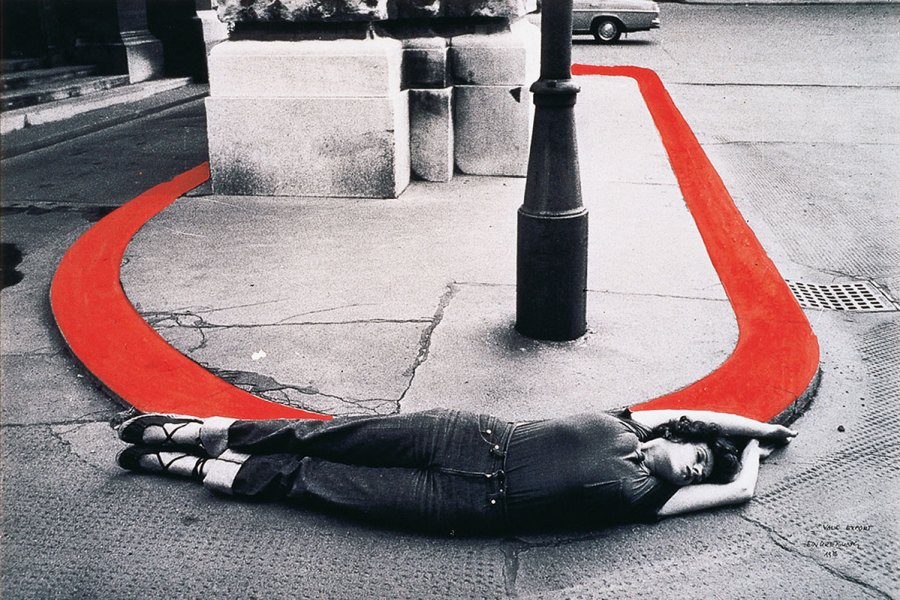
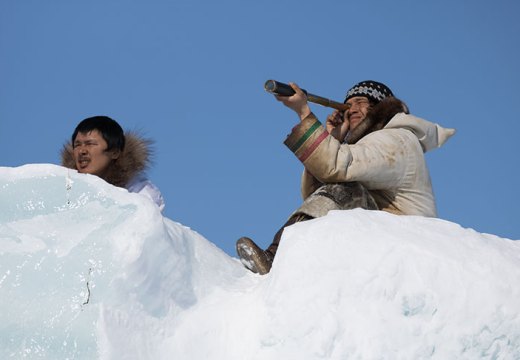
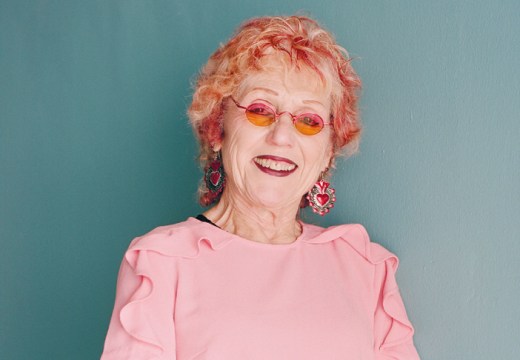
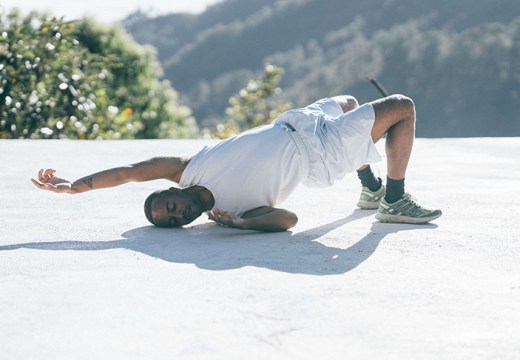









![Masterpiece [Re]discovery 2022. Photo: Ben Fisher Photography, courtesy of Masterpiece London](http://www.apollo-magazine.com/wp-content/uploads/2022/07/MPL2022_4263.jpg)
It’s time for the government of London to return to its rightful home